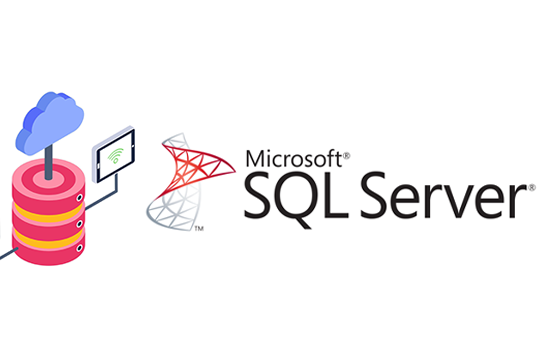Course Overview
This course provides in-depth training on SQL Server 2016 AlwaysOn, Microsoft’s high availability and disaster recovery solution. Designed for database administrators, IT professionals, and SQL Server specialists, this course covers the essentials of planning, deploying, and managing SQL Server AlwaysOn configurations.
Participants will gain hands-on experience with AlwaysOn Availability Groups and Failover Cluster Instances, learning to configure, monitor, and troubleshoot these features to ensure seamless data availability and resilience. The course also delves into advanced topics such as backup strategies, automatic failover, and multisite deployments, enabling attendees to effectively protect their SQL Server environments against downtime and data loss.
By the end of the course, participants will have the skills and knowledge needed to implement and manage robust availability solutions using SQL Server 2016, ensuring continuous access to critical data and applications.
Target Audiance
- Database Administrators
- System Administrators
- IT Professionals responsible for managing and maintaining SQL Server databases
- Infrastructure Architects
- Data Architects
- Technical Support Specialists
- IT Consultants
- Professionals preparing for Microsoft certification exams related to SQL Server
- Professionals interested in learning about SQL Server 2016's high availability features




 5
5